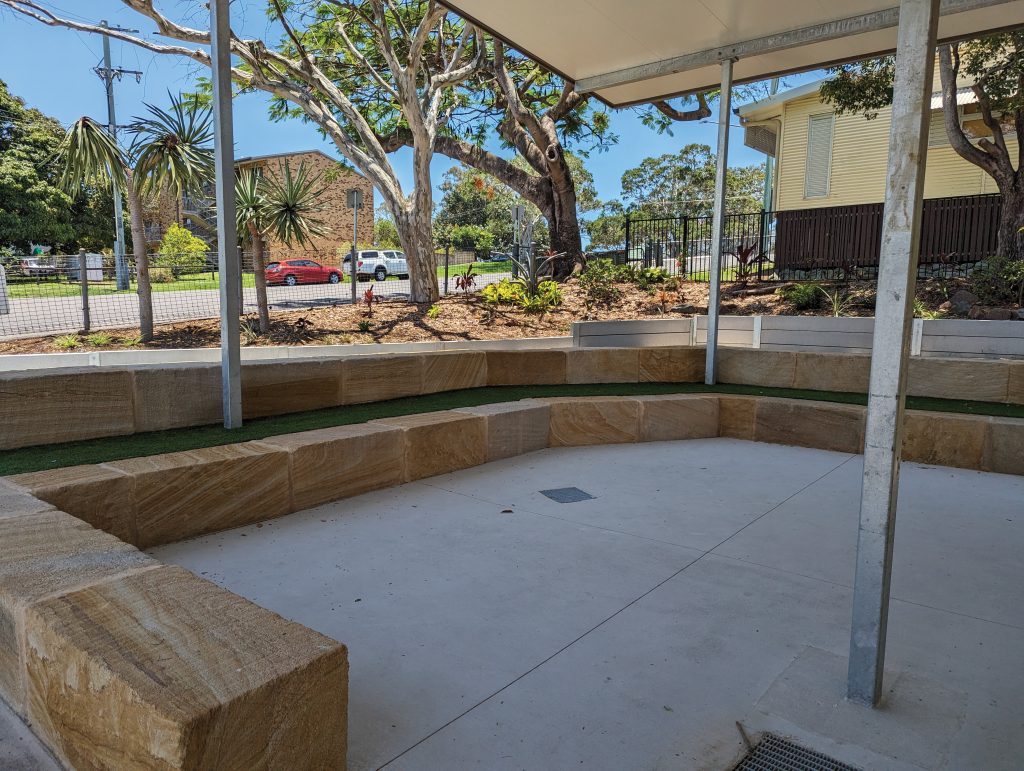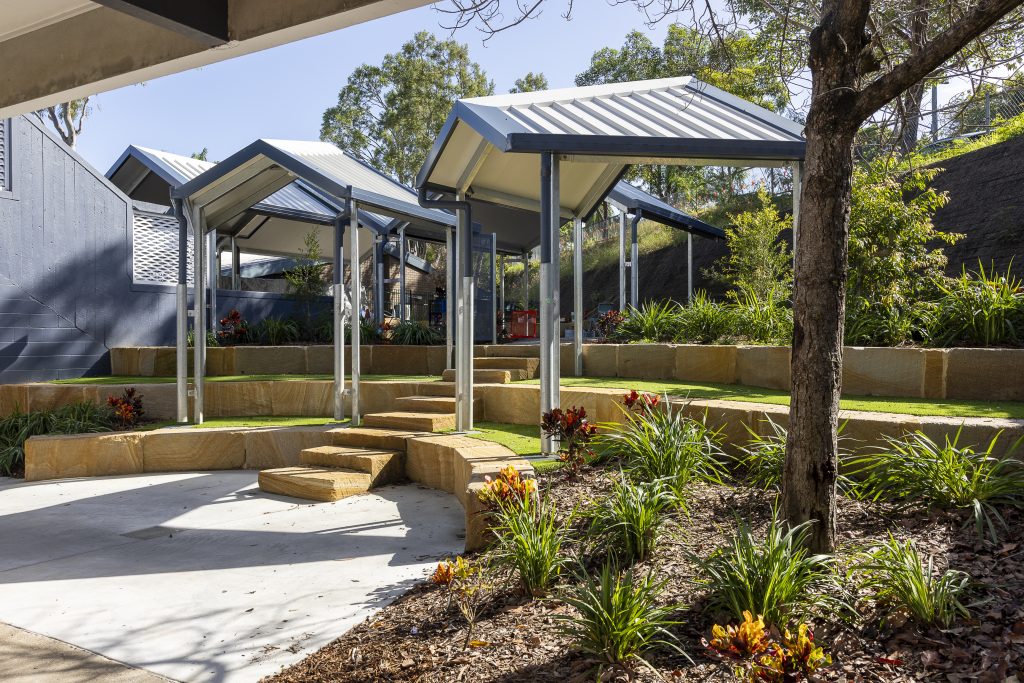Orterra: Bringing Teaching Pedagogies into School Landscapes
At Orterra, we believe the outdoors should be more than just somewhere to run and play. When thoughtfully designed, school landscapes can reflect how children learn, connect to culture and place, and become powerful extensions of the classroom.
By aligning outdoor space with a school’s educational philosophy, we help schools create environments that support curiosity, inclusion, and wellbeing—for every learner.

Why Link Pedagogy and Place?
As schools adopt diverse and child-centred approaches to learning, their physical environments need to evolve too. Outdoor spaces offer opportunities for:
- Hands-on learning beyond the classroom
- Inclusive environments for all learning styles
- Cultural connection and expression
- Improved wellbeing through nature-based engagement
Well-designed landscapes don’t just support curriculum—they make it visible, active, and real.

Pedagogies That Shape Outdoor Design
Inquiry-Based Learning
Inquiry encourages students to explore, ask questions, and find meaning through discovery. Landscapes designed for inquiry might include:
- Native gardens for observation and investigation
- Loose parts and natural materials for experimentation
- Seasonal elements that spark curiosity
These spaces promote deep thinking and active engagement with the environment.
David Thornburg’s Learning Spaces
Thornburg describes five metaphoric learning environments:
- Campfire – Spaces for storytelling and instruction (e.g., yarning circles or outdoor stages)
- Watering Hole – Social hubs for peer learning and collaboration
- Cave – Quiet, reflective spaces for individual thought
- Life – Gardens or real-world activity zones where learning is embedded in action
- Sandpit – Experimental play areas that encourage creativity and innovation
By designing with these spaces in mind, we can cater to a full spectrum of learners.

8 Ways of Aboriginal Learning
Developed in collaboration with Aboriginal communities in NSW, the 8 Ways framework brings Indigenous ways of learning into educational settings. It includes:
- Story Sharing – Learning through narrative
- Learning Maps – Visual guides and non-linear thinking
- Non-verbal – Learning through observation and imitation
- Symbols and Images – Visual communication and understanding
- Land Links – Connecting learning to Country
- Non-linear – Circular, intuitive learning journeys
- Deconstruct/Reconstruct – Exploring and rebuilding knowledge
- Community Links – Learning through cultural and community relationships
In landscapes, this can be reflected through storytelling spaces, symbolic artworks, walking paths that follow cultural narratives, and natural elements that respond to seasonal and ecological change. Crucially, these designs must be created in collaboration with local Aboriginal communities to ensure cultural respect and authenticity.

Place Makes Pedagogy Visible
When schools invest in landscapes that reflect their teaching philosophy, they create environments that truly support children’s growth. These spaces allow learning to happen through doing, moving, wondering, and connecting—to others, to place, and to self.
At Orterra, we partner with schools to design outdoor environments that are thoughtful, inclusive, and deeply rooted in pedagogy. Because when learning moves outside, it becomes more connected, meaningful, and alive.
0422 243 815
[email protected]
orterra.com.au

